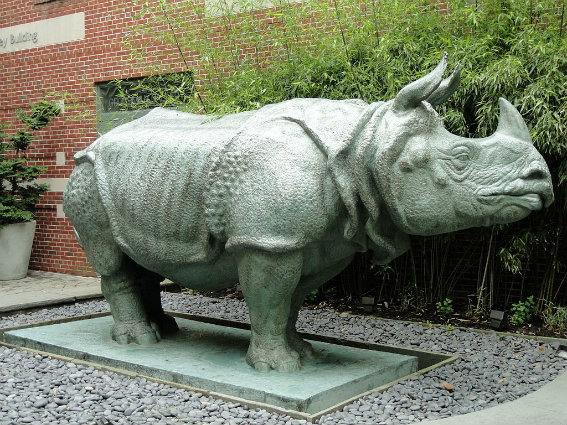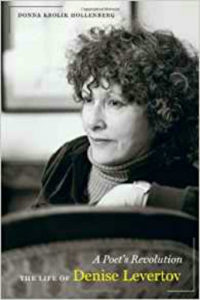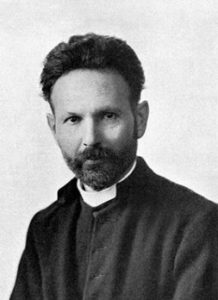What a week it has been! I hope everyone has been having a wonderful time celebrating Halloween and enjoying the crisp, fall air; I know I have! It was a pleasure to create seasonal crafts with the prison group, Common Art, and Café Emmanuel this week. I really noticed an atmosphere of community and generosity. Continue reading
Monthly Archives: November 2013
1989
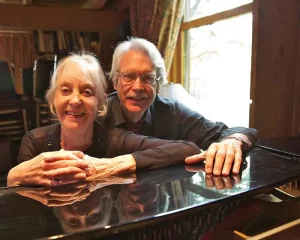 April 8. Emmanuel Music gave a concert in honor of Principal Guest Conductor John Harbison’s 50th birthday (20 Dec. 1988). His wife Rose Mary Pederson Harbison opened with a violin concerto she had played at its 1980 premiere.
April 8. Emmanuel Music gave a concert in honor of Principal Guest Conductor John Harbison’s 50th birthday (20 Dec. 1988). His wife Rose Mary Pederson Harbison opened with a violin concerto she had played at its 1980 premiere.- Katharine Ward Lane Weems died and bequeathed a pair of Spanish candelabra now standing in the baptistery of our Sanctuary. Born 22 Feb.1899, she was the only child of Emma Gildersleeve and Gardiner Martin Lane, who was chairman of the Board of Trustees of the Museum of Fine Arts from 1907 until his death in 1914. They lived at 53 Marlborough Street and were members of Emmanuel.
Katharine attended the Museum School from 1915 and began to show her work in 1920. She designed the brick friezes and bronze doors of Harvard’s Biological Laboratories with two massive bronze rhinoceri (one pictured below) installed in the courtyard in 1937.
See also
- Gardiner Martin Lane
- Her other works including the Dolphins of the Sea at the New England Aquarium and the Lotta Fountain on Boston’s Esplanade.
- Finding aid (with biography) for her papers at the Schlesinger Library, Radcliffe
- Her Odds Were Against Me: A Memoir as told to Edward Weeks (NY: Vantage Press, 1885)
1988
- June. Organist Michael Beattie joined Emmanuel Music for rehearsals in our Music Room of Peter Sellars‘ version of Mozart’s opera Le Nozze di Figaro, which played that summer in the PepsiCo Theater in Purchase NY. Craig Smith conducted; Frank Kelley sang the part of Basilio; Jayne West, the Countess; and Susan Larson, Cherubino.
- In her “Peace Pentecost” sermon at our Cathedral Church of St. Paul, poet Denise Levertov (1923-97) emphasized the connection between contemplation and action: “If we neglect our inner lives, we destroy the sources of fruitful outer action.
But if we do not act, our inner lives become mere monuments to egotism.” At Emmanuel she founded a Peace Group to foster the links between spiritual thought and action among her fellow parishioners.
Earlier in the decade she had been attracted to Emmanuel by our social-justice activities, beautiful music and liturgy, and rector Al Kershaw, who counseled her. “He assured her that doubt was part of spiritual growth and the darkness she encountered might increase her sense of dependence and lead her to God,” says her biographer Dana Greene citing Denise’s diary entry for June 13, 1988.
Denise’s father, Paul Philip Levertoff (1878–1954), born in Belarus, an early proponent of Messianic Judaism, took holy orders in the Anglican Church and preached wearing an alb with a tallit and kippa.
In 1922 he become director of what is now the London Diocesan Council for Work among the Jews and edited its quarterly journal, The Church and the Jews. He was a prolific writer on theological subjects in Hebrew, German, and English and translated into English the Midrash Sifre on Numbers (1926) and the Zohar (1933).
See also:
- Dana Greene. Denise Levertov: A Poet’s Life. Urbana IL: U. of Illinois Press, 2012.
- Denise Levertov. Making Peace. Breathing the Water. NY: New Directions, 1987.
- Donna Hollenberg. A Poet’s Revolution: The Life of Denise Levertov. Berkeley: U of California Press, 2013.
- Paul A. Lacey and Anne Dewey, eds. The Collected Poems of Denise Levertov. NY: New Directions, 2013.
- Paul Philip Levertoff. Love and the Messianic Age.
- Timeline: 1994
1987
- John Harbison won the Pulitzer Prize for Music for his piece for chorus and chamber orchestra The Flight into Egypt.
- Harper Row published Song in a Weary Throat: An American Pilgrimage, which was reprinted in 1989 by University of Tennessee Press as Pauli Murray: The Autobiography of a Black Activist, Feminist, Lawyer, Priest, and Poet.
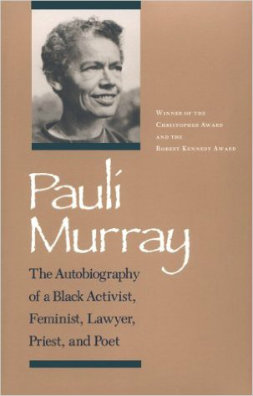
See also:


